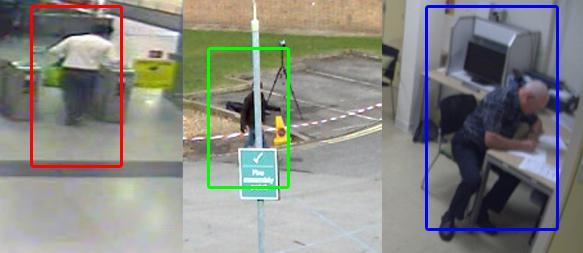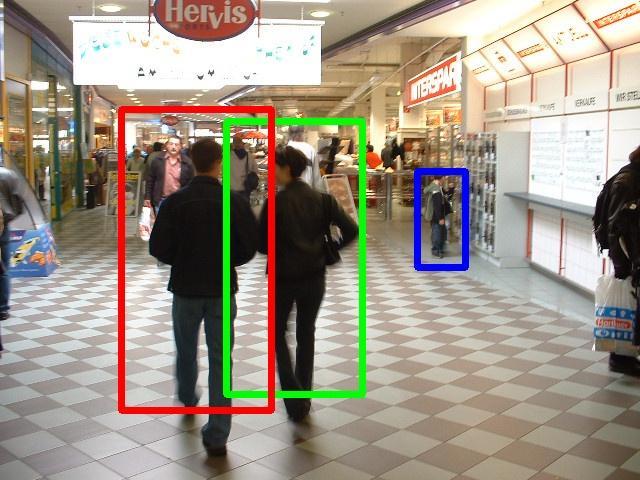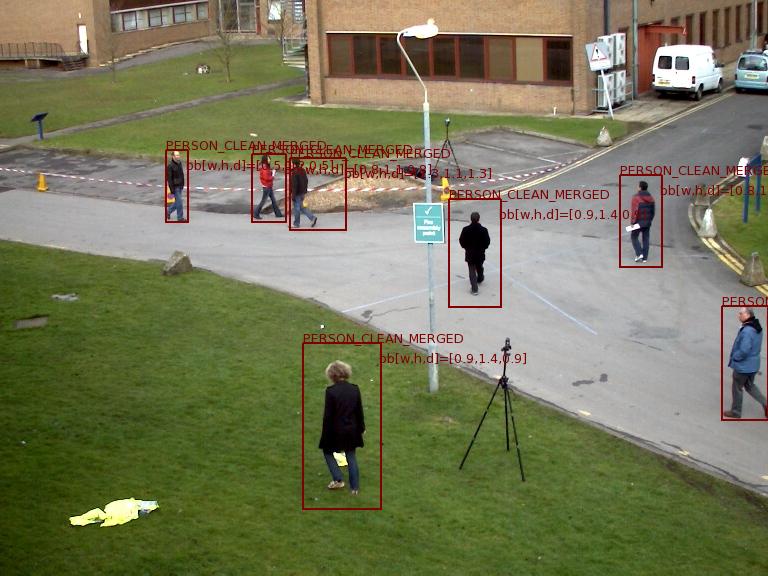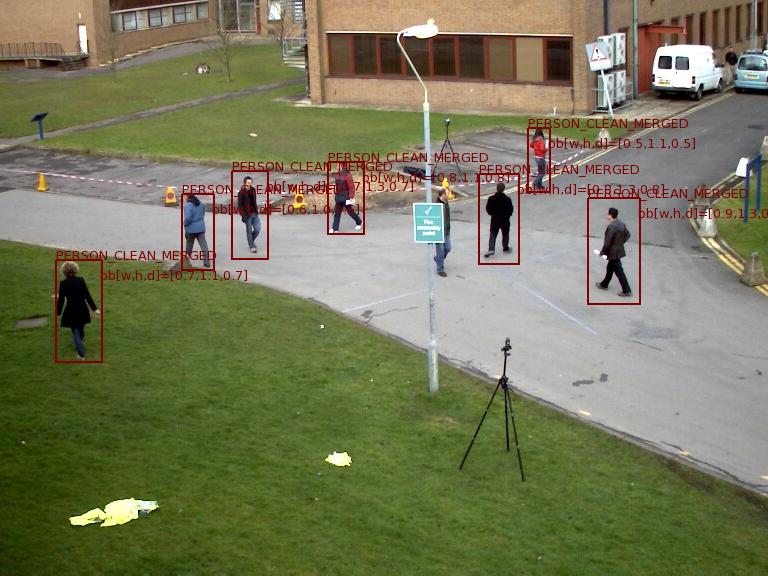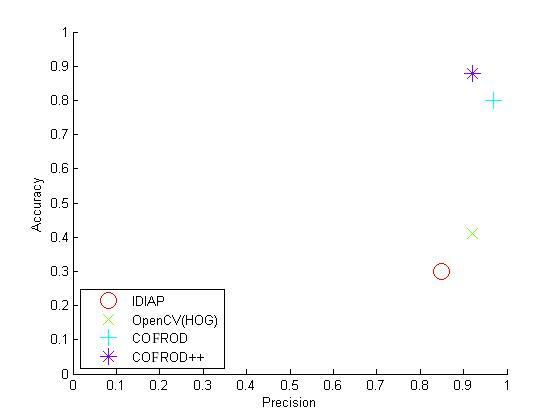Section: New Results
People Detection Framework
Participants : Srinidhi Mukanahallipatna, Silviu-Tudor Serban, François Brémond.
keywords: LBP, Adaboost, Cascades
We present a new framework called COFROD (Comprehensive Optimization Framework for Real-time Object Detection) for object detection that focuses on improving state of the art accuracy, while maintaining real-time detection speed. The general idea behind our work is to create an efficient environment for developing and analyzing novel or optimized approaches in terms of classification, features, usage of prior knowledge and custom strategies for training and detection. In our approach we opt for a standard linear classifier such as Adaboost. Inspired by the integral channel feature approach, we compute variants of LBP and Haar-like features on multiple channels of the input image. Thus, we obtain an elevated number of computationally inexpensive features that capture substantial information. We use an extensive training technique in order to obtain optimal classifier.
We propose a comprehensive framework for object detection with an intuitive modular design and high emphasis on performance and flexibility. Its components are organized by parent-modules, child-modules and auxiliary-modules. The parent-modules contain several child-modules and focus on a general task such as Training or Detection. Child-modules solve more specific tasks, such as feature extraction, training or testing and in most cases require auxiliary-modules. The later have precise intents, for instance computing a color channel transformation or a feature response.
We present two detection configurations. One relies on a single intensively trained detector and the other as a set of specialist detectors.
Our baseline detector uses cascades in order to speed up the classifier. By removing most false positive at first stages, computation time is significantly reduced. Classifier for each cascade is generated using the training approach.
Our contribution is in the form of a hierarchical design of specialized detectors. At first level we use a version of the baseline detector in order to remove irrelevant candidates. At the second level, specialist detectors are defined. These detectors can be either independent or can use third level detectors and cumulate their output. A specialist detector can take the role of solving an exact classification issue, such as sitting pose. In that case it is trained only with data relevant to that task. In some applications, a specialist detector can be trained to perform exceptionally on a specific situation. In this case training samples are adapted to the particularity of the testing, and possibly parts of the testing sets are used for training.
This is a versatile system for object detection that excels in both accuracy and speed. We present a valuable strategy for training and a hierarchy of specialized people detectors for dealing with difficult scenarios. We also propose an interesting feature channel and a method for loosing less detection speed-up. In our approach we build upon the ideas of feature scaling instead of resizing images and of transferring most computations from detection to training, thus achieving real-time performance on VGA resolution.
Figure 25 and Figure 26 illustrate our detections results. Figure 27 shows the performance of our system compared to other. IDIAP detector was used without tuning the parameters.



